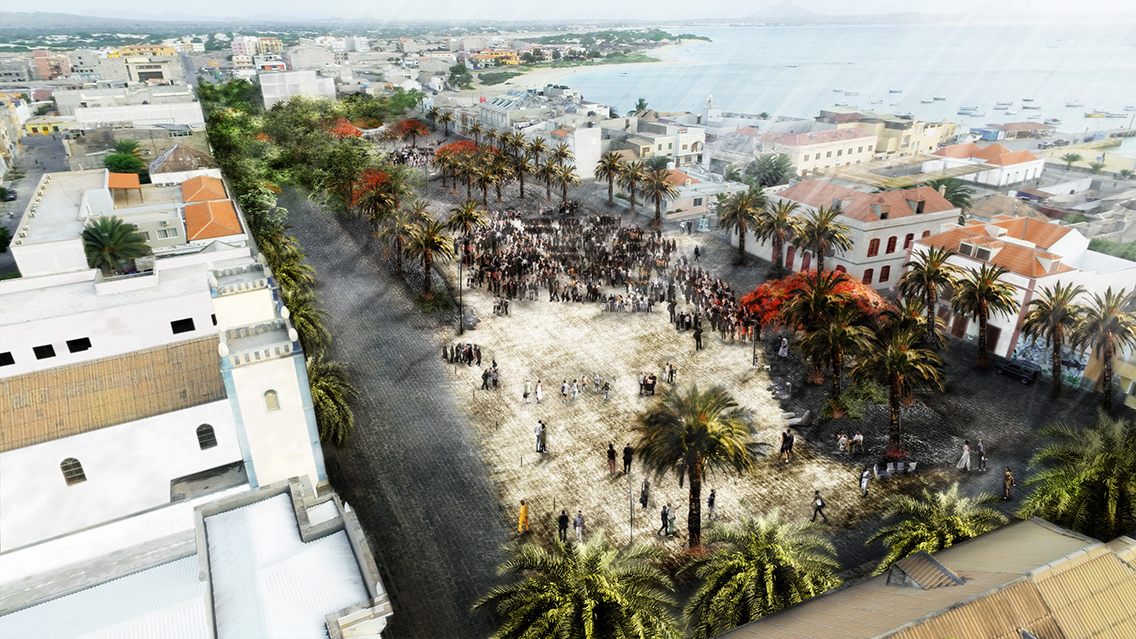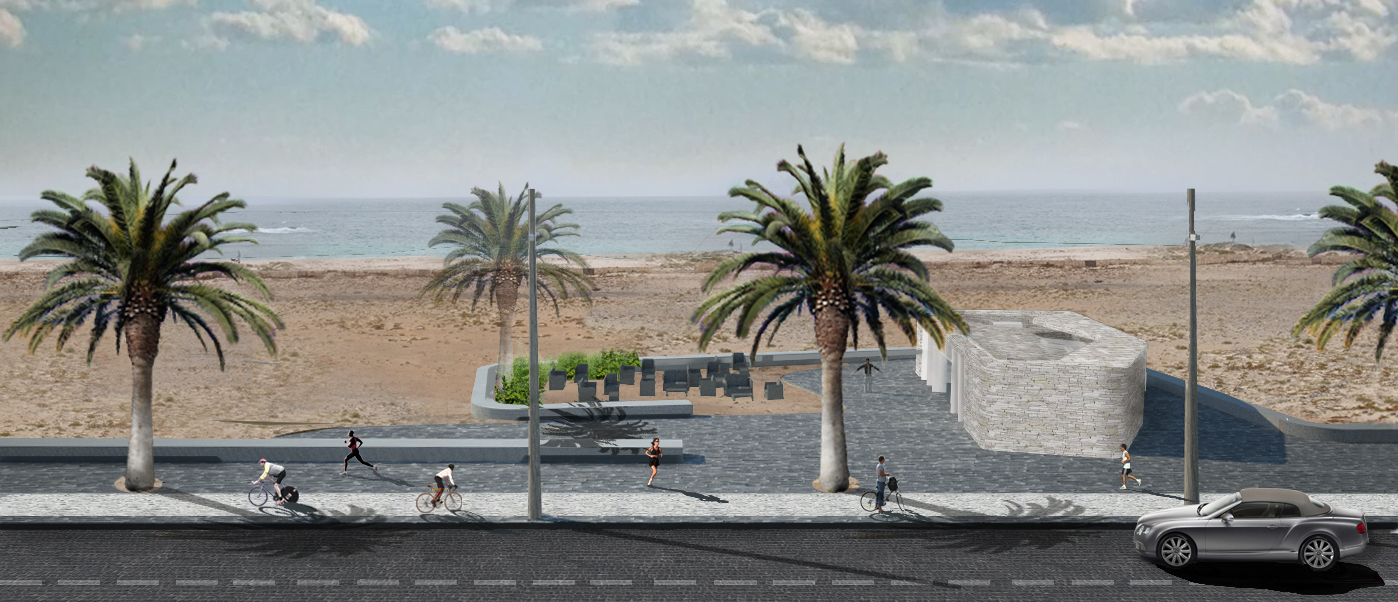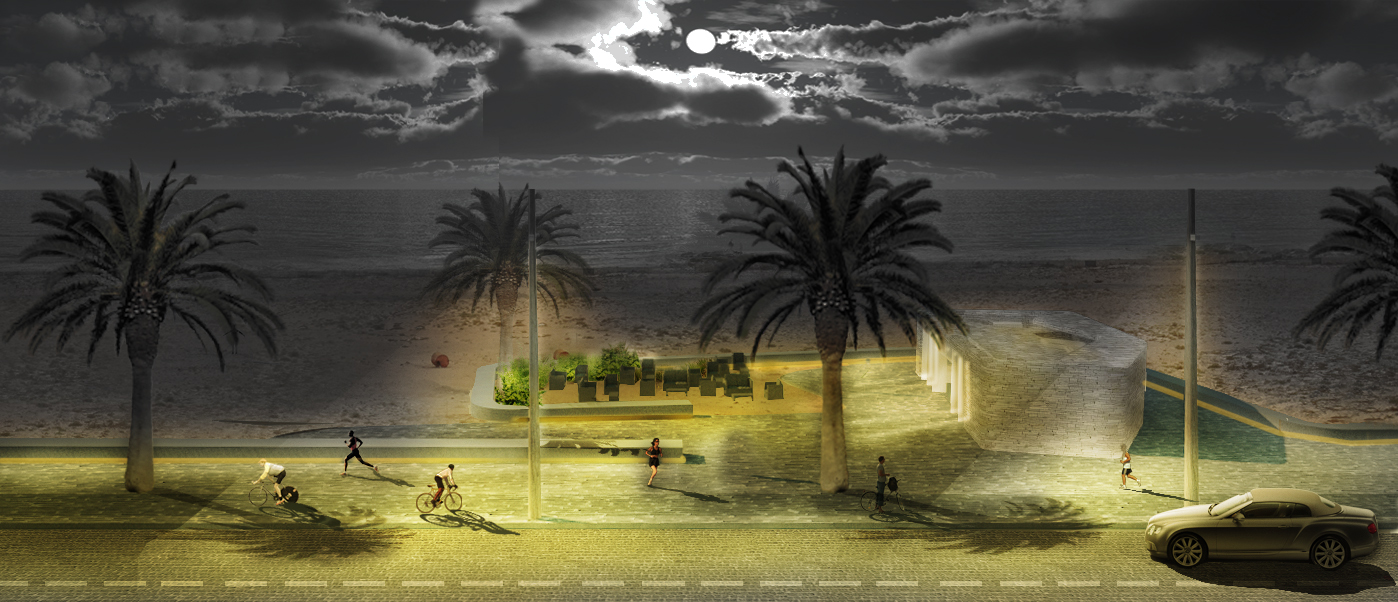This website uses cookies so that we can provide you with the best user experience possible. Cookie information is stored in your browser and performs functions such as recognising you when you return to our website and helping our team to understand which sections of the website you find most interesting and useful.
Urban and Tourist Planning of the Island of Boavista, Cape Verde
Technical data:
Architect: Fernando Martin Menis
Location: Boavista, Cape Verde
Program: Urban planning of the coast and tourist areas of the island of Boavista
Status: Projects 2008-2017
Developer: SDTIBM
The Cape Verde archipelago consists of ten islands and five main islets located on the eastern shore of the Atlantic Ocean, about 600 km off the coast of Senegal, south of the Canary Islands. Its location in the Eastern Atlantic Ocean places this archipelago south of Macaronesia, a term derived from the Greek words makaros (fortune) and nesos (islands). The group of islands that are part of this biogeographic unit (Azores, Madeira, Savage Islands, Canary Islands and Cape Verde) have an oceanic-volcanic origin and are under the influence of the Azores anticyclone. Because of this, their climatic conditions are very similar and fauna and flora with a noticeable affinity can be found in all the islands. In addition, Cape Verde is located south of Sahel, a transition zone between the desert and the humid tropical climate and as such it makes evident the proximity and the mutual influence at all levels between the archipelago and the African continent. Boavista is one of those 10 islands in Cape Verde; with a nearly circular configuration, it is the third largest island in size and the closest to the African continent.
The areas where Fernando Menis’ team has been working at since 2008 are Santa Monica, located in the south west of the island, and Chave, next to Sal Rei, capital of the island. Both areas are great reserves for the tourist development of the archipelago. In addition, designs are being developed for the capital, in particular the waterfront planning. The essential premise of the project was given by the client himself, a public society focused on tourism development: Cape Verde bets on tourism for its main social and economic development. If a sustainable tourism breakthrough that respects the place is pursued, the planning needs to be applicable to the whole island. Hence, the proposed infrastructures are laid out with a long term integral vision.
First, Menis was responsible for the Planning of the Santa Monica Tourist Zones, where the team defined the typologies of hotel establishments, their size, surface area, number of beds and height. Protected natural areas were traced with precision and rigor, separating them from the residential floor, equipment and infrastructures, among others. An architecture integrated into nature and a flexible urbanism were proposed, thus allowing some plasticity depending on the commitment of each private operator with the surrounding public space of each future hotel establishment, an urbanism that can adapt to the changing circumstances of the economy and tourism.
Subsequently, Menis was commissioned the Coastal Planning of Santa Monica and Chave. The planning and management of beaches had to take numerous factors and principles into account in order to guarantee the sustainable development of these coastal areas, their high ecological sensitivity and the economic importance of these spaces. Beaches represent one of the most important environmental assets of coastal resources; economically, they are particularly complex natural elements and the ecological and environmental balance of these fragile spaces is not always easy. Beaches are not only the base of tourism but also the support of a great biological wealth. How to inhabit each beach was therefore determined, as well as the number of users, all the possible allowed infrastructures and their integrated style into nature.
Finally, the team is working on the Strategic Plan for the Maritime Front of the City of Sal Rei, the main social and economic settlement on the island. This urban development, still underway, has taken the following commitments into consideration:
- Use of natural products of the area. Historically, the city has been built with the materials provided by the land of the area. We will use the same materials but with a contemporary approach.
- Respect for the natural landscape surrounding the city in order to achieve a complete integration with the city’s environment, maintaining and increasing free spaces, and also achieving considerable energy and water savings.
- Favoring the consumption of local, regional or as close to the area as possible materials when building or restoring, thus reducing the CO2 emissions produced by the transport of construction materials to the atmosphere. All used materials will come from local suppliers. We will even reuse materials already in use, like bricks that would otherwise be thrown away.
- Designing with workforce in mind. All the companies involved in the project will be part of the local economy of the area, which will allow a direct progress while contributing to a social development of the whole local area and the island itself.
- Achieving energy savings in all actions of the project that will work as a reference to promote the city at a global level.

 Español
Español



